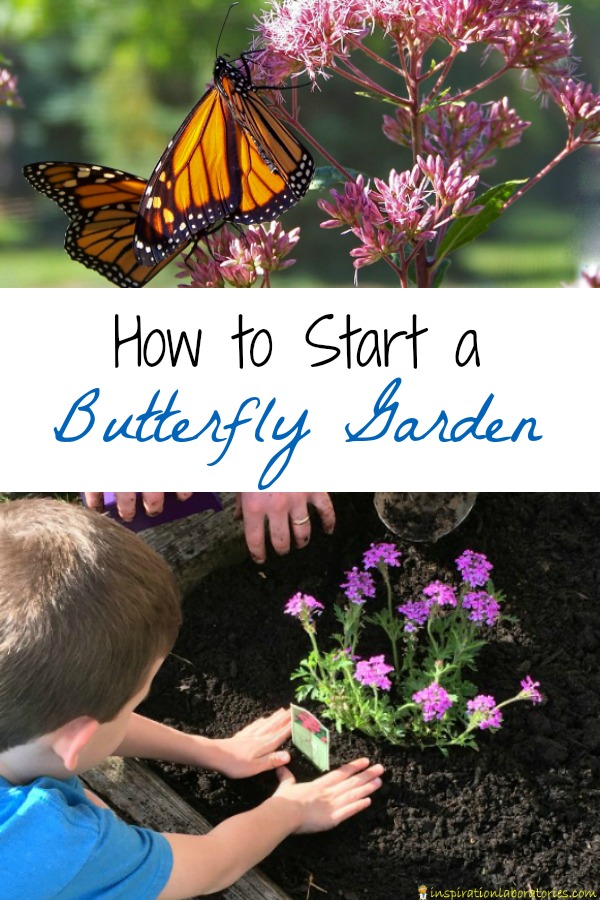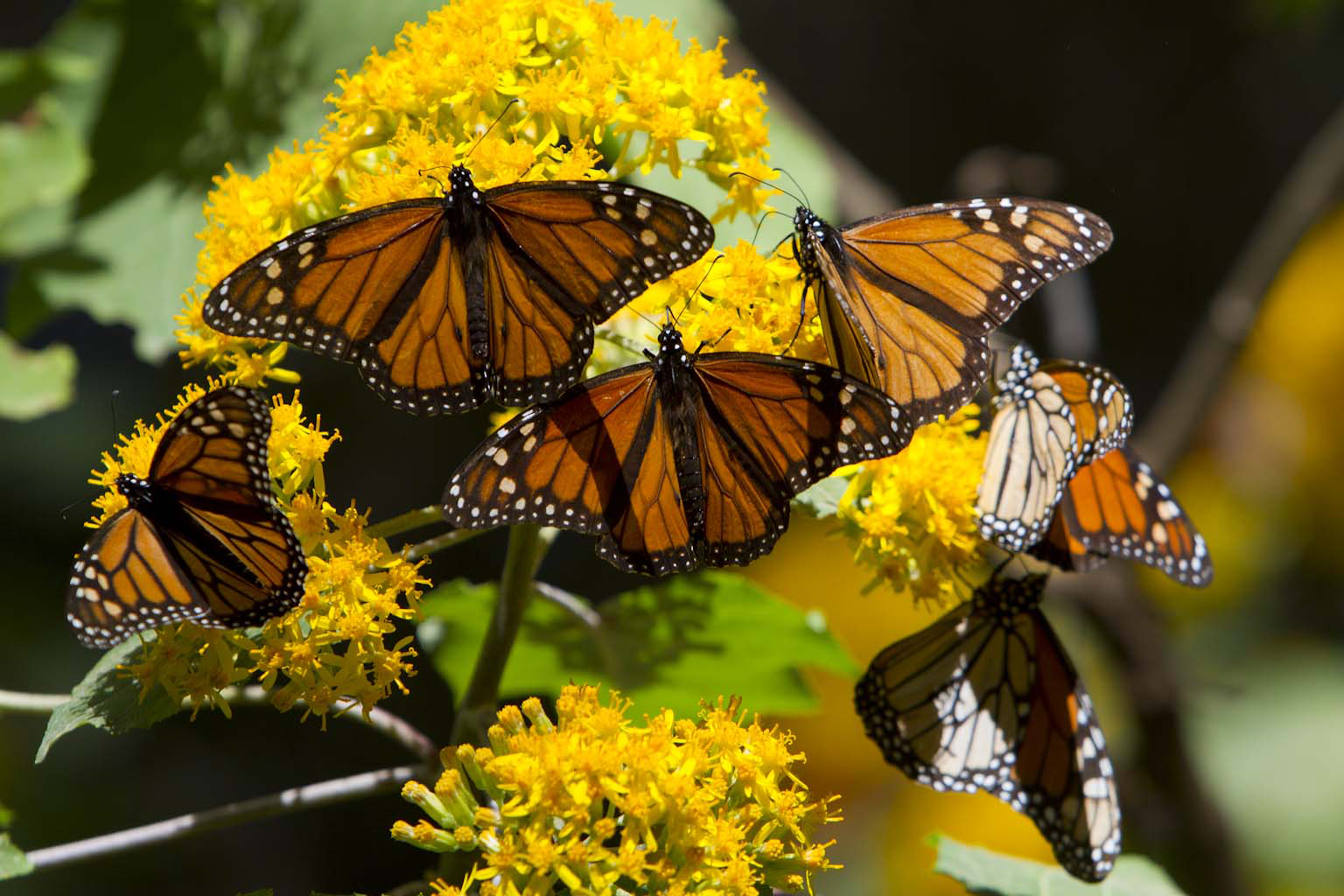How to Start a Butterfly Garden: Step-by-Step Guide

Imagine transforming your backyard into a vibrant, fluttering oasis where butterflies dance from flower to flower. Creating a butterfly garden is not just about adding beauty to your space; it's about contributing to the delicate ecosystem that supports these magnificent creatures. If you're wondering how to start a butterfly garden, you're in the right place. Let's dive into this enchanting journey together.
Understanding Butterfly Habitat
Before you begin, it's crucial to understand the basic needs of butterflies. Butterflies require specific habitats to thrive, including food sources, shelter, and water. By providing these essentials, you can create an inviting sanctuary for various butterfly species.
Essential Elements for a Butterfly Garden
- Nectar Plants: Butterflies feed on nectar from flowers. Choose a variety of garden plants that bloom at different times of the year to ensure a continuous food supply.
- Host Plants: These are plants where butterflies lay their eggs and caterpillars feed. Different butterfly species have specific host plants, so research the species common to your area.
- Shelter: Butterflies need protection from wind, rain, and predators. Trees, shrubs, and tall grasses can provide the necessary shelter.
- Water: A shallow dish or birdbath filled with water and a few pebbles can serve as a water source for butterflies.
Step-by-Step Guide to Starting a Butterfly Garden
Step 1: Choose the Right Location
Select a sunny spot in your garden that receives at least six hours of sunlight daily. Butterflies are cold-blooded and need the sun's warmth to fly and stay active.
Step 2: Plan Your Garden Design
A well-designed garden not only looks beautiful but also attracts a variety of butterfly species. Consider the following tips for your garden design:
- Diversity: Include a mix of annuals, perennials, and shrubs to provide a continuous supply of nectar and host plants.
- Color: Butterflies are attracted to bright colors, especially red, yellow, orange, pink, and purple.
- Layout: Group plants together to create large patches of color, making it easier for butterflies to spot your garden.
Step 3: Select the Right Plants
Choosing the right garden plants is key to attracting butterflies. Here are some popular nectar and host plants:
- Nectar Plants: Aster, Black-eyed Susan, Butterfly Bush, Coneflower, Daisy, Lantana, Marigold, Phlox, Zinnia.
- Host Plants: Milkweed (for Monarchs), Parsley (for Swallowtails), Dill (for Black Swallowtails), Fennel (for Anise Swallowtails).
Step 4: Provide Shelter and Water
Create sheltered areas with trees, shrubs, and tall grasses. Place a shallow dish or birdbath filled with water and a few pebbles in a sunny spot for butterflies to drink and rest.
Step 5: Maintain Your Garden
Regular maintenance is essential to keep your butterfly garden thriving. Remove dead plants, prune shrubs, and replant as needed. Avoid using pesticides, as they can harm butterflies and other beneficial insects.
Additional Tips for Attracting Butterflies
- Butterfly Houses: While not essential, butterfly houses can provide additional shelter and a place for butterflies to overwinter.
- Mud Puddles: Some butterflies, especially males, gather around mud puddles to extract minerals. Create a small muddy area in your garden to attract them.
- Rocks and Stones: Place flat rocks or stones in sunny spots for butterflies to bask and warm up.
Conclusion
Starting a butterfly garden is a rewarding experience that not only beautifies your space but also supports local butterfly species. By providing the right habitat, selecting the best garden plants, and maintaining your garden, you can create a thriving ecosystem for these enchanting creatures.
So, are you ready to transform your backyard into a butterfly paradise? Let's get started!
FAQs
What are the best plants to attract butterflies? Some of the best plants to attract butterflies include Aster, Black-eyed Susan, Butterfly Bush, Coneflower, Daisy, Lantana, Marigold, Phlox, and Zinnia.
How do I choose the right location for my butterfly garden? Choose a sunny spot that receives at least six hours of sunlight daily. Butterflies need the sun's warmth to stay active.
Why is it important to avoid pesticides in a butterfly garden? Pesticides can harm butterflies and other beneficial insects. Opt for natural pest control methods to keep your garden healthy and safe for butterflies.
What is the purpose of host plants in a butterfly garden? Host plants are where butterflies lay their eggs and caterpillars feed. Different butterfly species have specific host plants, so research the species common to your area.
How can I provide water for butterflies in my garden? Place a shallow dish or birdbath filled with water and a few pebbles in a sunny spot. This provides a safe and accessible water source for butterflies.

/vegetable-gardening-in-small-spaces-1403451-01-aa94b9199ba145079de2417b219c89b4.jpg)
By following this step-by-step guide, you'll be well on your way to creating a vibrant and inviting butterfly garden. Happy gardening!
0 Response to "How to Start a Butterfly Garden: Step-by-Step Guide"
Post a Comment